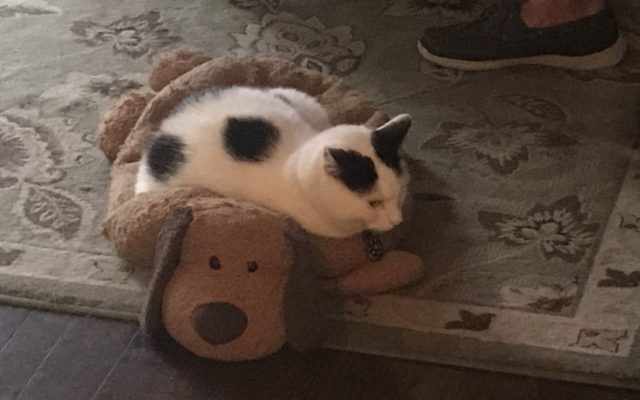Veterinarians: Declawing Cats Is Harmful – Try This Instead

Vets agree: Getting a cat declawed is not a nice, nor an ideal thing to do.
Did you know the procedure actually involves removing the bones, at the tip of a feline’s toes? It can result in long-term issues, such as trouble walking, and chronic pain.
A study now reveals that declawed cats are seven times more likely to relieve themselves (pee) in inappropriate places, four times more likely to bite people, three times more likely to be aggressive, and three times more likely to over-groom themselves.
Study author, Nicole Martell-Moran, is a Texas veterinarian. She says, “The result of this research reinforces my opinion that declawed cats with unwanted behaviors may not be ‘bad cats,’ they may simply need pain management.”
The pet-doctor urges people to try to train their cats before they resort to declawing them.
Martell-Moran suggests you get a scratching post, and position it near your cat’s favorite sleeping spot, or near the furniture it likes to scratch the most.
You should then cover the post in catnip, to make it more attractive than the sofa. And reward the cat with a treat (or some petting), each time it uses the post.
If your cat scratches the sofa, just say “no,” firmly, and relocate the animal to the post. She says you should talk to your vet if the problem persists.
Scratch here, for more: (PopSci)
[This is my Oreo. He’s not de-clawed… but he’s really gentle with us. All our cats have been rescues. Smokey had already been declawed in the front, and he did suffer from it, when he got older. My Punkin used to let me clip her claws; but I stopped, because she never used them, really. Kitty was partly feral. But we finally did train her to move the clawing action from the furniture to the post. It was better – and better for her than all the other suffering. ~ Mo]








